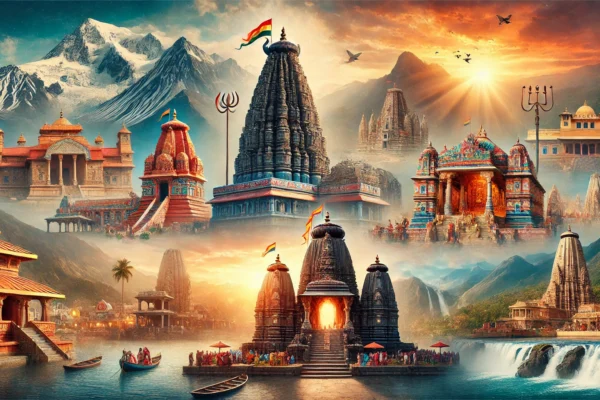
Main Discoveries from Chandrayaan-3: Unlocking the Secrets of the Moon’s South Pole
India’s Chandrayaan-3 mission has marked a historic moment in space exploration, successfully landing on the uncharted south pole of the Moon and delivering valuable scientific discoveries. Conducted by the Indian Space Research Organisation (ISRO), this mission continues to provide groundbreaking insights into the lunar surface, its composition, and thermal properties. Let’s take a look at the major findings from Chandrayaan-3 so far. Discovery of Sulfur and Other Elements One of the most significant discoveries from Chandrayaan-3 is the detection of sulfur on the Moon’s surface near the south pole. Using the Laser-Induced Breakdown Spectroscopy (LIBS) instrument aboard the Pragyan rover, ISRO scientists confirmed the presence of sulfur, which had not been previously measured in situ on the Moon. In addition to sulfur, the rover detected several other key elements, including aluminum, calcium, iron, chromium, titanium, manganese, silicon, and oxygen. These discoveries are important as they could offer insights into the Moon’s geological history and future resource utilization for human missions. Temperature Profile of the Lunar South Pole Another remarkable finding from Chandrayaan-3 is the temperature profile of the lunar south pole’s surface. Using the ChaSTE (Chandra’s Surface Thermophysical Experiment) payload, ISRO recorded the temperature at the lunar surface, which was found to be much higher than anticipated—reaching up to 70°C. This is significantly higher than the expected 20-30°C range and offers new insights into the thermal behavior of the Moon’s surface. These findings are critical for planning future missions, particularly for landing sites and long-term lunar base construction. Crater Detection and Surface Navigation During its exploration, the Pragyan rover also encountered a 4-meter-wide crater, highlighting the rugged and challenging terrain of the Moon’s south pole. ISRO successfully navigated this obstacle by retracing the rover’s path and plotting a safer course forward. This ability to navigate and analyze craters is crucial for future lunar missions, especially for identifying potential hazards during human exploration. The Significance of Chandrayaan-3’s Discoveries The discoveries made by Chandrayaan-3 are not only a triumph for ISRO but also for the global space community. The presence of sulfur and other elements on the lunar surface opens up possibilities for in-situ resource utilization (ISRU), which is essential for long-term lunar missions. The temperature profile and crater detection provide valuable data for future explorations, including human landings and possible Moon bases. Conclusion: A New Era in Lunar Exploration Chandrayaan-3 has truly paved the way for more ambitious lunar missions. Its discoveries have deepened our understanding of the Moon’s south pole and provided valuable information that could shape the future of human space exploration. As we continue to unlock the secrets of the Moon, missions like Chandrayaan-3 prove that India is at the forefront of space exploration, with ISRO leading the charge. Call to Action: Want to stay updated on the latest space discoveries? Follow along as ISRO continues to push the boundaries of lunar exploration!






